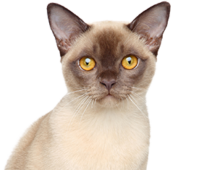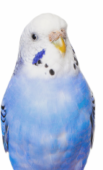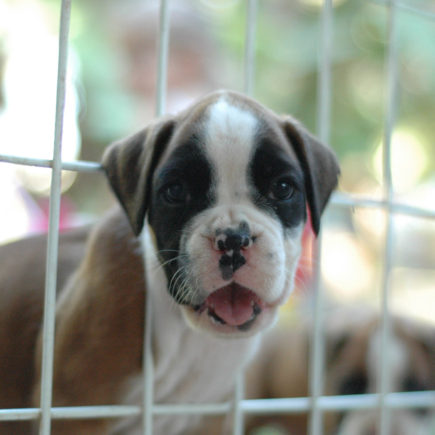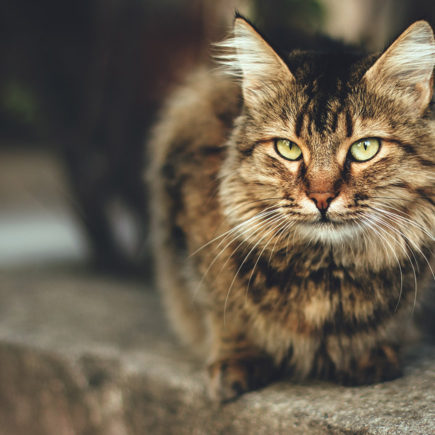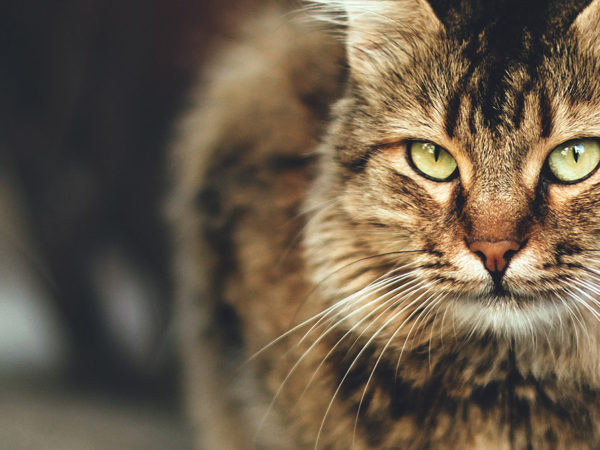
Animal’s eyesight
April 1st, 2016
Have you ever wondered how your favourite pet sees the world? Does your dog see the beautiful violet colour of that fun toy you lovingly picked up for him? Let us examine what our four-legged friends see through their eyes!
The cat, that avid hunter, has amazing eyesight that allows it to catch its prey. Thanks to its tapetum, a cat can see even if the light is seven times lower than what humans need to see through the night. But what is a tapetum? Did you ever observe the green reflection in your cat’s eyes when it’s dark and you focus the beam of your flashlight towards him? There is a coloured membrane in the back of felines’ eyes that reflects the light and allows your kitty to see more clearly in the dark. Yes, the cat can distinguish colours but only when the contrast is quite sharp. The cat’s colour vision is not as sharp as ours, but it can perceive movements very accurately. This is why Kitty can see a mouse move from afar!
The same goes for your dogs’ vision that is also stimulated by movement. For instance, a dog can see a moving object at a distance as far as 900 metres but has to get as close as 585 metres from a static object to see it. What about colours? Colours are discerned with the help of cells called cones that are located on the retina. Human eyes have three kinds of cones that allow us to distinguish red, blue and green. Dog’s eyes contain only two kinds of cones. This explains why they can’t see yellow, orange, and red. They hardly differentiate red from green, but their eyes distinguish better the blue and purple.
As animal such as a horse that are a prey have different eyesight. Their eyes are on the side of their head contrary to those of animals who are hunters. This allows them to have a 350-degree vision with blind spots directly before their nose, on the top of their head and behind them. They can see their predators coming, and run off! Yet their binocular field of vision (from the two eyes at once) is quite limited, with diminished accuracy to see in three dimensions, which dampers their estimation of distance. They see movements very easily around them, but it’s hard for them to see details.
It’s interesting to see how our pets adjust their vision depending on their lifestyle. We can definitely say that nature does things well!

